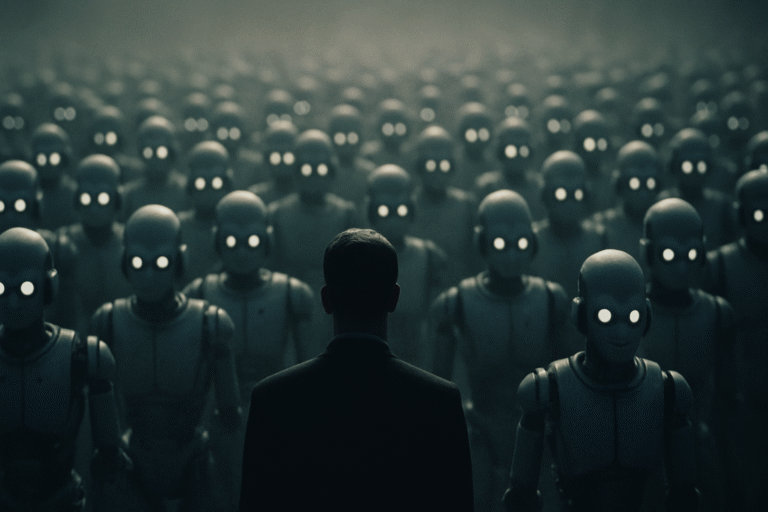Picture a society where decades of hard-earned wisdom are matched by youthful energy. Scientists, artists, entrepreneurs, and teachers could continue to create, innovate, and inspire indefinitely. Civilizations would no longer discard their most experienced minds at the very moment they are ripest with insight.
The demographic crisis, in this light, is not a crisis of numbers but a crisis of biology. And the real answer
lies not in policies that attempt to rewind history, but in technologies that allow humanity to grow wiser,
stronger, and more enduring than ever before.
Across the developed world — and increasingly beyond it — birth rates are in freefall. Governments
respond with tax credits, childcare subsidies, and soft-focus ad campaigns urging citizens to settle down.
Yet the results are meager, often negligible. The reason is simple: the state is fighting the wrong battle.
(original English text by Greg)
Table of Contents

The Radical Alternative
There is only one path that matches the scale of the challenge: confronting ageing and mortality
themselves. We dread working into our seventies or eighties because our bodies decline and our minds follow.
Yet imagine entering old age not in exhaustion, but in the vigor of youth. Would anyone rage at having to keep contributing if they remained physically strong, mentally sharp, and biologically young?
Technological progress — in artificial intelligence, biotechnology, and automation — offers us more than
labor-saving devices. It offers us the chance to decouple longevity from frailty. The true solution to
demographic collapse is not to coax more babies into the world, but to preserve the brilliance, creativity,
and productivity of those already here.
Why People Are Not Having Children
The decline in fertility is the rational outcome of profound social, cultural, and technologicaltransformations. Among them:
- Individualism ascendant. Marriage and child-rearing, once unquestioned milestones,
are now optional life choices. - Social pressure diminished. Communities no longer shame the unmarried or childless;
autonomy is celebrated instead. - A world of infinite distractions. Travel, art, entertainment, and self-actualization shine more brightly than midnight feedings.
- Financial paradox. Many have disposable income to enjoy life — yet not the stability to afford a home for a family.
- Perceptions of safety and danger. Objectively, the world is more secure than at almost any point in history. Subjectively, the flood of apocalyptic headlines convinces many it is too unsafe to bring new lives into it.
- Gender economics. Women now outperform men in education and careers, eroding the traditional bargain that once underpinned marriage.
- The perceived vanishing utility of children. Pensions and welfare states promise security in old age, removing the practical incentive to raise heirs.
- The divorce of sex from reproduction. Contraception, medicine, and shifting norms have made procreation optional.
- The retreat of religion. Faith once demanded children. Secularism permits ambivalence.
None of these forces can be reversed with subsidies or slogans. Incentives may briefly nudge numbers
upward, but they cannot transform the underlying structure of modern life.

A Dangerous Inversion
Today, nations with the highest fertility are often those with weak institutions, limited education, and
fragile infrastructures. Meanwhile, the societies best equipped to shape the future — technologically
advanced, politically stable, rich in human capital — are the very ones that are shrinking. This inversion
threatens to destabilize the global balance of innovation, governance, and prosperity.
(original English text by Greg, edited by ChatGPT)






